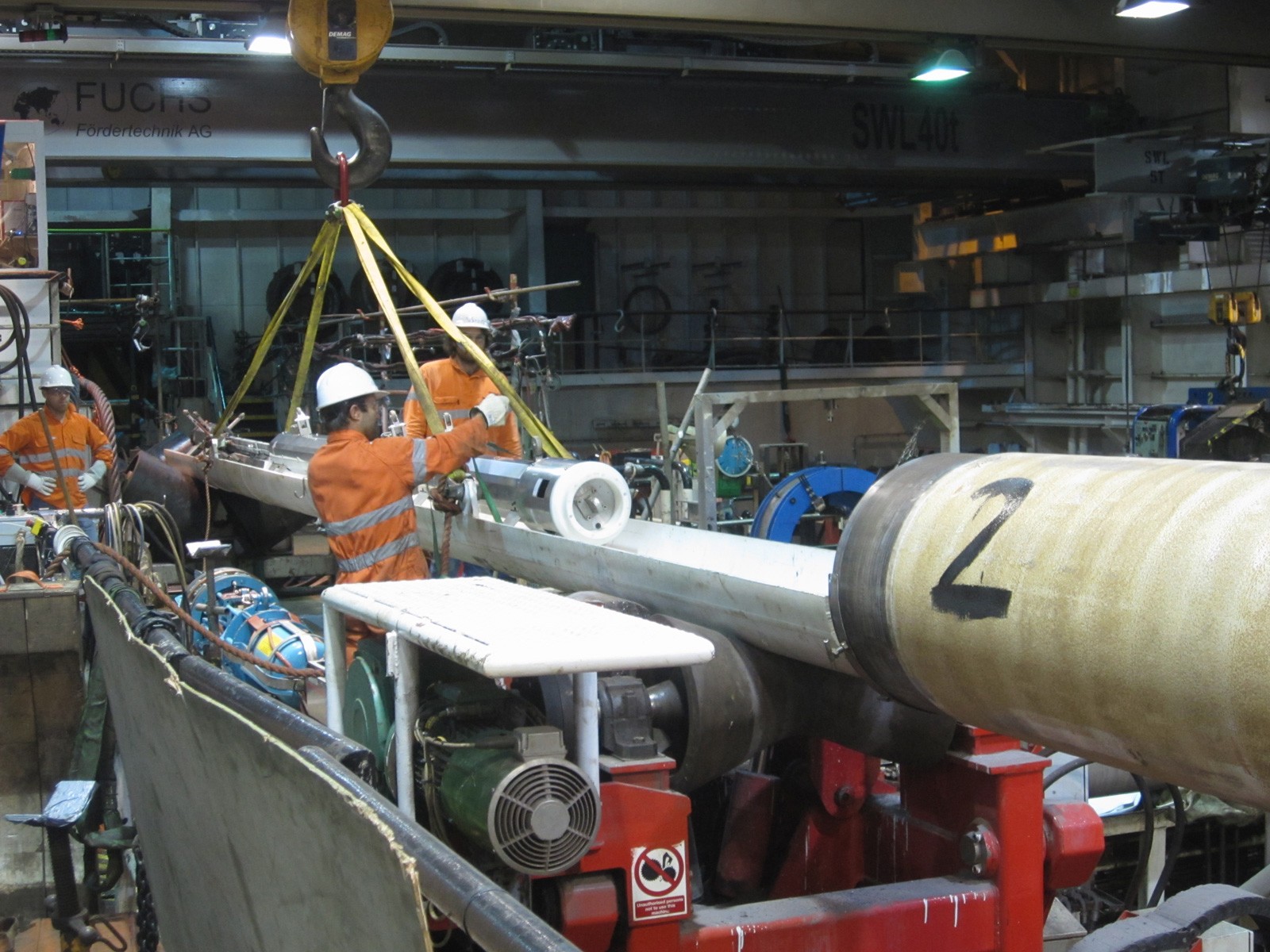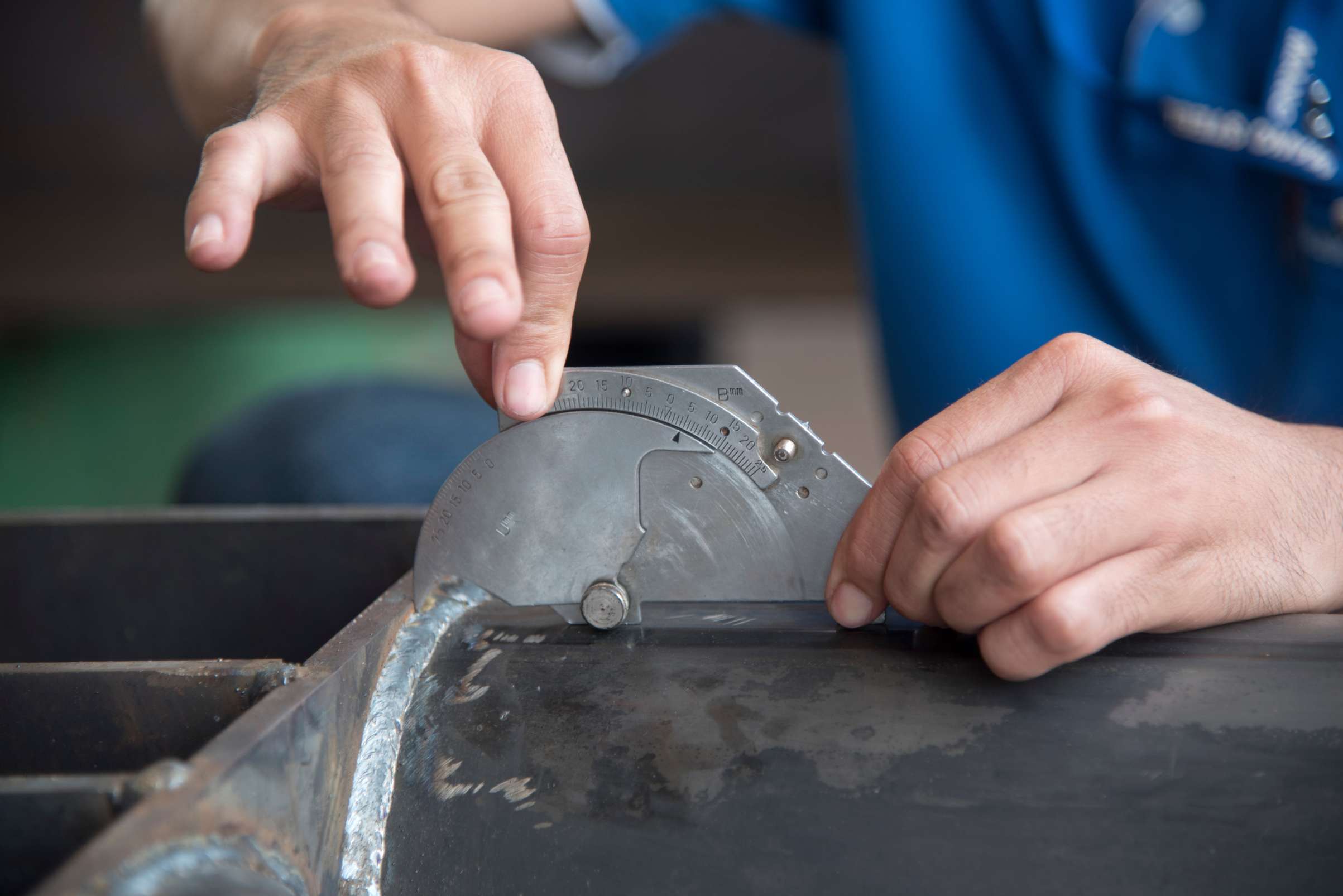Pipeline Welding Inspection: Ensuring Safety And Security and High Quality in Every Weld
Pipeline Welding Inspection: Ensuring Safety And Security and High Quality in Every Weld
Blog Article
Comprehensive Guide to Pipeline Welding Examination: Guaranteeing Stability and Safety And Security in Pipe Building and Maintenance
The honesty and safety of pipes are paramount in today's infrastructure landscape, emphasizing the crucial duty of welding evaluation in pipeline construction and upkeep. A detailed guide on this subject not only highlights the need of analyzing weld quality however likewise attends to the numerous evaluation methods available, such as ultrasonic and radiographic screening. By comprehending common defects and their ramifications, stakeholders can carry out finest practices that make sure conformity and longevity. However, the intricacies associated with welding inspection raise significant inquiries concerning market requirements and the developing technologies that may redefine these practices.

Relevance of Welding Evaluation
Welding inspection plays an important duty in making certain the stability and security of pipe systems. It functions as an essential process that validates the quality and integrity of bonded joints, which are typically one of the most weak spots in pipe building and construction. Through methodical assessment, inspectors can identify possible flaws such as splits, porosity, and incomplete fusion, which might endanger the structural stability of the pipe.
The value of welding evaluation prolongs past plain compliance with sector standards; it additionally safeguards public health and wellness and the atmosphere. Pipes carrying unsafe materials present considerable risks if failures occur. Effective inspection protocols help stop leaks and ruptures, minimizing ecological damage and protecting communities. Moreover, complete examinations can boost the long life of pipe systems, lowering the requirement for pricey repair services and downtime.
Along with making certain security and conformity, welding assessment cultivates a society of quality control within companies. By focusing on assessment throughout the welding process, companies can develop a track record for reliability and quality, ultimately leading to increased consumer self-confidence and company opportunities (Pipeline Welding Inspection). Hence, the value of welding inspection can not be overemphasized in the context of pipeline building and construction and maintenance
Secret Welding Procedures
Various welding processes are utilized in pipeline building, each with its very own advantages and applications. Amongst one of the most commonly utilized approaches are Protected Metal Arc Welding (SMAW), Gas Tungsten Arc Welding (GTAW), and Gas Steel Arc Welding (GMAW) SMAW is preferred for its versatility and capacity to do well in numerous ecological conditions, making it appropriate for field applications.
GTAW, commonly described as Tungsten Inert Gas (TIG) welding, is acknowledged for its ability to create premium welds with superb control over warmth input, making it optimal for thin-walled pipelines and stainless-steel products. GMAW, or Metal Inert Gas (MIG) welding, offers high deposition prices and is effective for massive jobs, often employed in the fabrication of pipelines in regulated environments.
Additionally, Immersed Arc Welding (SAW) is made use of for its deep infiltration and high productivity, particularly in the building and construction of large-diameter pipelines. Each of these procedures contributes to the total integrity and security of pipeline buildings, making it possible for welders to choose the most ideal technique based upon product type, task needs, and ecological conditions. Comprehending these essential welding processes is essential for reliable pipeline welding examination.
Common Flaws and Their Impact

Porosity, identified by small gas pockets entraped within the weld, damages the product and can lead to leaks. Splits, which might occur due to thermal stress and anxieties or incorrect cooling, can result and propagate in architectural failure under pressure. Damaging, where the base steel is worn down along the weld grain, decreases the effective cross-section of the pipeline, increasing the danger of crack.
Incomplete combination occurs when the weld metal does not properly bond with the base steel, resulting in weak areas that might fail under anxiety. Slag inclusion, the entrapment of non-metallic material within the weld, can additionally damage the joint's honesty. Identifying and attending to these issues early in the building and construction process is crucial to ensuring the long-lasting integrity and safety and security of pipe systems, consequently protecting both the infrastructure and the setting.
Inspection Techniques and Tools

Aesthetic examination is the initial line of defense, enabling assessors to identify surface area irregularities, misalignment, or other visible defects. Ultrasonic testing utilizes high-frequency acoustic waves to detect inner problems, supplying precise depth measurements and characterizing problems without damaging the weld. Radiographic screening uses X-rays or gamma rays to produce pictures of the weld, allowing the recognition of interior voids, cracks, or incorporations.
Magnetic fragment testing is especially effective for identifying surface and near-surface suspensions in ferromagnetic materials. This technique involves using a magnetic area and great iron fragments to the weld, exposing flaws through the buildup of bits at problem websites.
Along with these techniques, specialized tools such as automated ultrasonic screening devices and electronic radiography systems improve evaluation accuracy and efficiency, guaranteeing a complete evaluation of pipe welds throughout building and maintenance.
Best Practices for Compliance
Sticking to finest methods for compliance in pipe welding inspection is important for ensuring the integrity and security of the infrastructure. Organizations has to develop an extensive high quality administration system that aligns with market standards such as ASME, API, and AWS. This consists of developing in-depth welding procedures that define the methods, products, and qualifications required for welders.
Normal training and certification of assessment workers are necessary to maintain high expertise degrees. Assessors ought to recognize with different non-destructive screening (NDT) approaches, consisting of ultrasonic screening, radiographic testing, and visual examination, to effectively identify possible issues.
Documents plays a crucial role in conformity; preserving precise documents of assessments, weld procedures, and personnel certifications helps to guarantee traceability and responsibility. Set up audits and reviews of welding techniques should be conducted to recognize locations for enhancement and make certain adherence to developed methods.

Conclusion
In verdict, the application of rigorous welding evaluation methods is paramount for making sure the stability and safety of pipe building and construction and upkeep. Continual enhancement in assessment procedures will certainly add to the longevity and reliability of pipeline systems, emphasizing the vital duty of welding evaluation in the market.
The stability and safety and security of pipes are paramount in today's infrastructure landscape, underscoring the critical role of welding inspection in pipeline construction and maintenance. Understanding these essential welding procedures is essential for efficient pipeline welding examination.
Adhering to best practices for compliance in pipe welding assessment is vital for making certain the honesty and safety and security of the facilities.In final thought, the execution of extensive welding examination methods is paramount for making certain the honesty and safety of pipeline building and upkeep. Constant renovation in evaluation processes will certainly contribute to the longevity and dependability of pipe systems, underscoring the critical function of welding examination in the sector.
Report this page